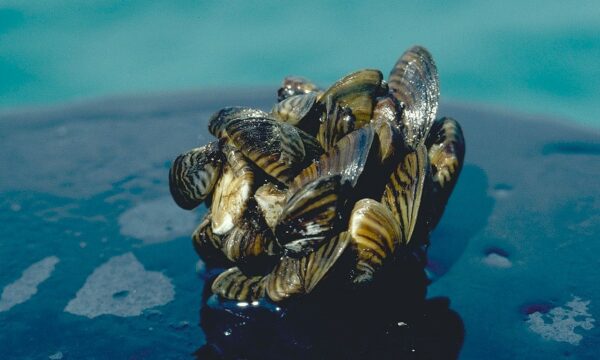Reblogged from National Geographic

Pelagic gooseneck barnacles hang like ropes off a plastic basin that washed onto the beaches of San Francisco in 2014. The basin was one of many pieces of debris that crossed the Pacific after the 2011 Japanese tsunami. Photograph by Gail Ashton and Katherine Newcomer, Smithsonian
We know plastics are as plentiful in parts of the open ocean as they are in our everyday lives. But, until recently, scientists didn’t consider that such debris could also be carrying a new wave of invasive species to the shores of the United States. Now they’re finding that not only is that happening, but they suspect that some of the species will thrive.
Not long after the 2011 earthquake and tsunami that ravaged the east coast of Japan, a surge of floating trash—shellfish cages, portions of piers, entire fishing vessels—started washing onto the West Coast of North America and Hawaii. The tsunami had dragged Japan’s plastic infrastructure out to sea, where it bobbed toward North America.
Scientists largely expected the debris to land, knowing the pace and direction of ocean currents. But they didn’t know that Japanese mussels, barnacles, and sea squirts could survive for six years on a trek across the Pacific Ocean and arrive not only alive, but ready to reproduce.
1 Comment
Leave a Reply
Related News & Blogs
5 invasive species to look out for in the US
The presence of invasive species poses a significant hazard to many native environments and species found in the United States (US). They lead to significant expenses in agriculture, forestry, and recreation. Once out of control, they can destroy entir…
26 February 2024





[…] via Invasive Species Are Riding on Plastic Across the Oceans — The Invasives Blog […]